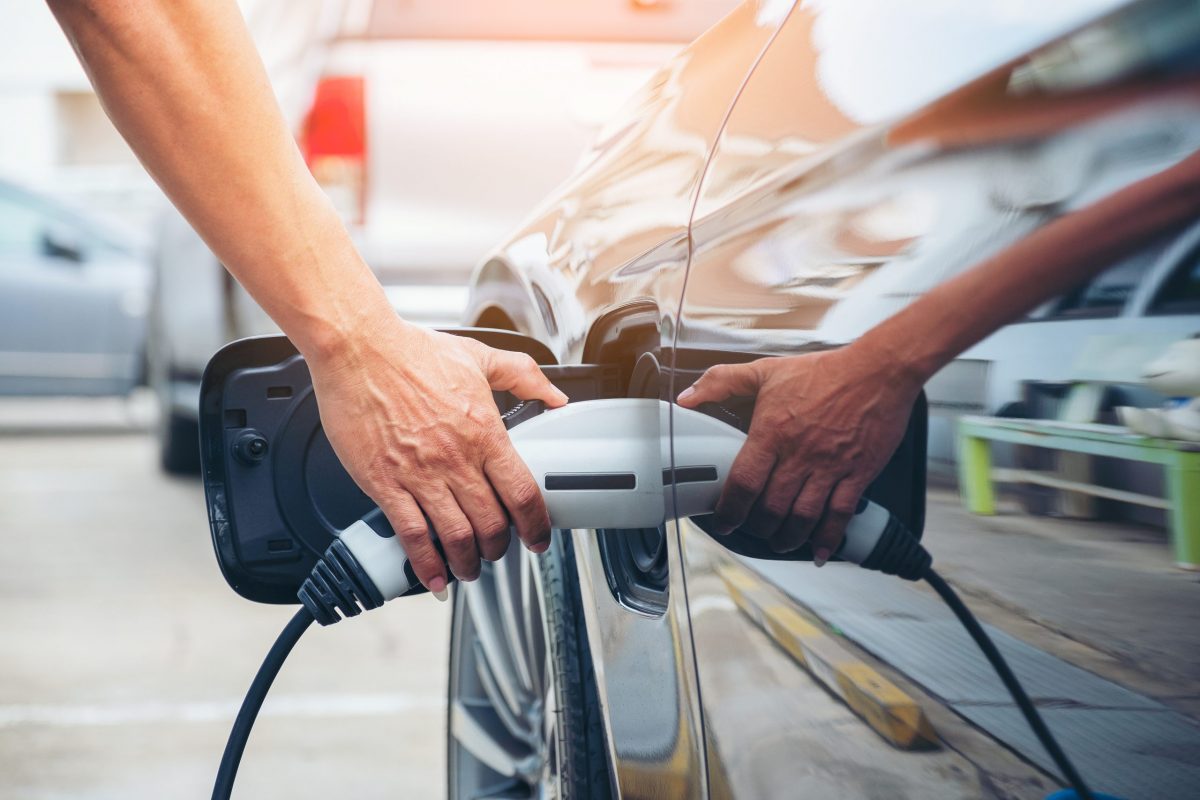Fuel Economy Detroit by Automotive Megatrends kicked off with a panel discussion between senior experts from across the industry. A large part of the focus fell on issues that negatively impacting fuel economy in the US, namely low oil prices and the popularity of SUVs and CUVs.
According to a report carried out by Michael Sivak and Brandon Schoettle at the University of Michigan’s Transportation Research Institute (UMTRI), the average window-sticker fuel economy value of new vehicles sold in the US during February 2016 was 25.2mpg. This figure was unchanged from January 2016. It represents a 0.6mpg reduction from a peak reached in August 2014, but is up by 5.1mpg when compared to October 2007 (when UMTRI first started monitoring).

Referring to the relationship between fuel economy in the US and the current cost of fuel, Chris Nevers, Director of Climate Change and Fuel Economy, Alliance of Automobile Manufacturers, said, “Fuel prices do have an effect on OEMs in the end, but sometimes you don’t see it. Efforts by companies must be sustainable, and to be sustainable they must provide customers with technology that have a good payback period. But it becomes difficult to get that payback for fuel efficient technologies when the fuel price is so low.”
The American Automobile Association (AAA) recently reported the average price of US gasoline at US$1.94 per gallon. Although this is the highest since 2015, it is still far cheaper than the cost of gasoline during March of 2015, 2014 and 2013. California is currently the most expensive market for gasoline in the US, while New Jersey and South Carolina are the least expensive.
Although he admitted that the low oil prices are a worry, like many experts, Michael Olechiw, Director, Light-duty Vehicle and Small Engine Centre, US Environmental Protection Agency (EPA), believes the price of fuel is volatile and will likely rise soon. “The one clear message coming from the industry is that fuel prices will change,” he noted.
Kevin Green, Chief of the Corporate Average Fuel Economy (CAFE) Programme Office, US Department of Transportation (DOT) Volpe Centre, echoed this view. He also explained how fuel prices have an impact on CAFE standards: “When we work on developing and evaluating new CAFE standards, we try use most up to date information. It’s not about gasoline price today, but the most accurate estimation for gasoline price during the timeframe we’re looking at.”
The Environmental Information Administration (EIA) “should be showing a new forecast for fuel prices soon,” he added. This forecast, said Green, is “critical, but not the sole consideration” when CAFE sets fuel economy standards for each model year.
From an OEM standpoint, fuel prices aren’t typically a primary consideration during product development, remarked Matthew Zaluzec, Senior Technical Advisor at Ford. “The consumer is going to be concerned with the price of fuel, but we’re really focused on CO2 targets. We go into our portfolio, examine fuel economy and weight targets, and how these factors combine as a package to meet emissions targets.”



